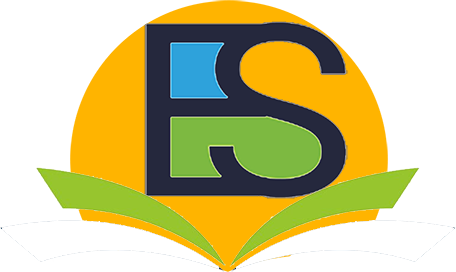 Education Sage, Inc.
Education Sage, Inc.
(310) 720-0390
Learning Styles and Pathways to Memory
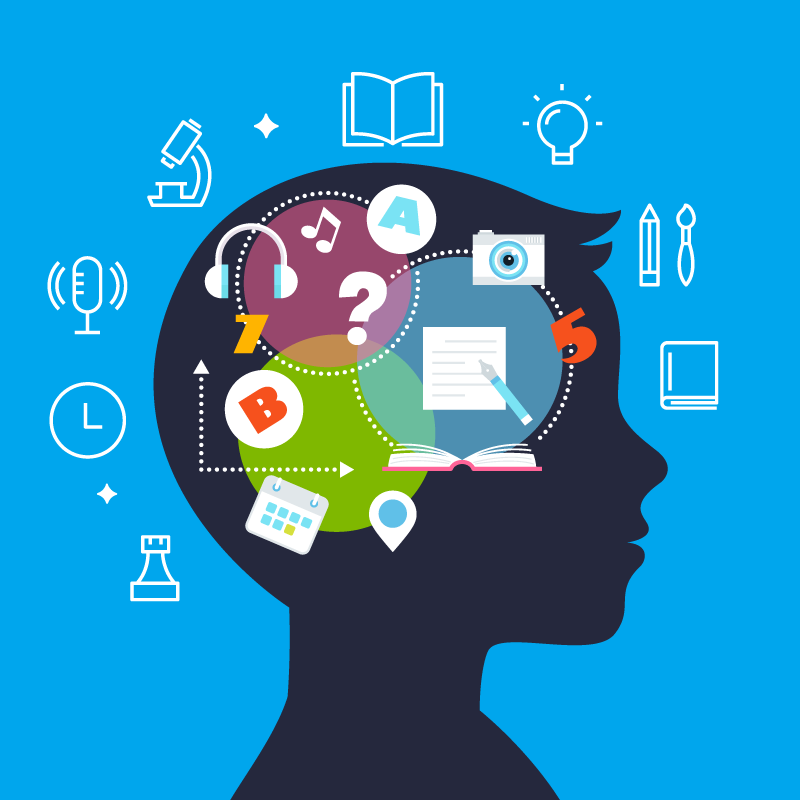
When a student knows the learning styles that work for him/her, it makes the learning of new information easy. The clarity of the information is then put into memory in a way the student truly understands it.
Too often parents, teachers and caregivers try to teach a student to learn in a style that works for them. The style may not work for the student making the memory learning difficult.
People use pathways to memory. Some use whole-to-parts and others use parts-to-whole. For example, when learning about the pieces of a microscope, some people will need to see the whole scope and then learn about the individual parts. Others will need to learn the individual parts and then place them on the microscope.
Embracing and Understanding Your Child's Learning Style
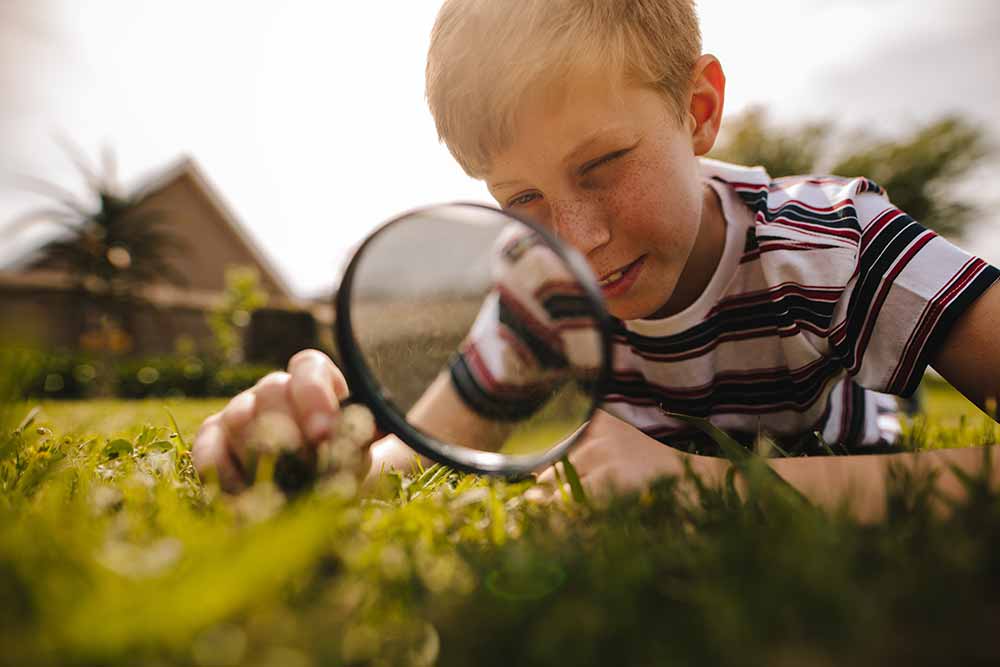
Visual and Visual Spatial Learners
- Visual learners need to have spoken words reinforced with pictures, diagrams, written board or overhead notes and/or use a textbook as the teacher is giving an explanation.
- Taking word notes for this type of learner is difficult. Frequently the notes will be in picture and diagram format.
- Visual-Spatial learners are good at putting diagrams into memory for retrieval. For example, this learner can “see” a cube in memory and can identify all the faces, edges and diagonals for the cube.
- Frequently this learner will say, “I see what you are saying.”
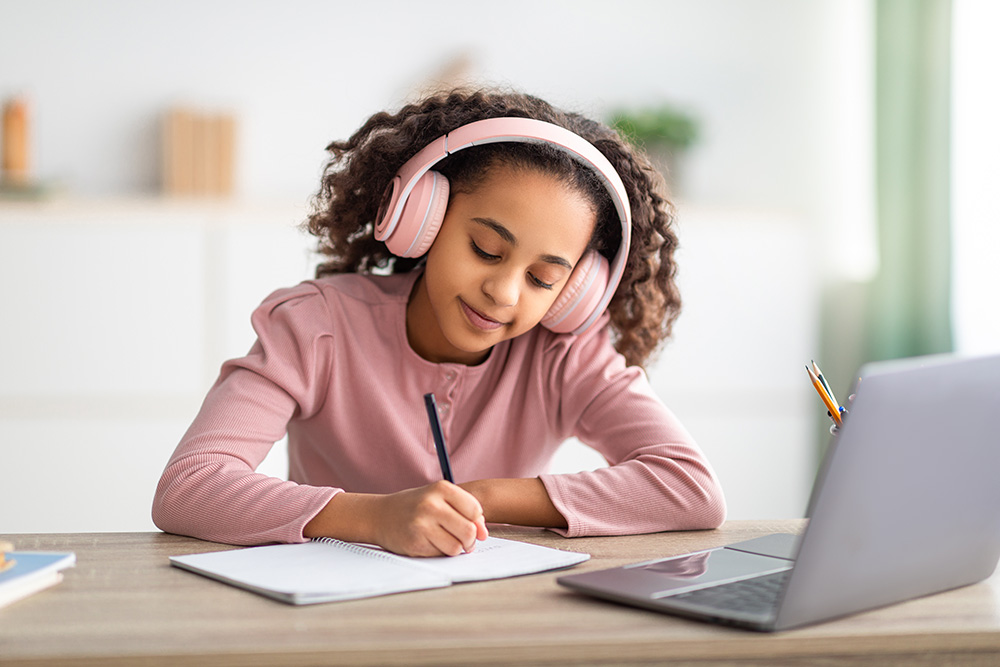
Auditory Learners
- An Auditory Learner is someone who can listen to the explanation of a concept being presented, take notes and completely understand what has been presented.
- Taking notes for this learner is easy.
- This learner is good at receiving a set of verbal instructions that include more than one step.
- Frequently this learner will say to someone, “I hear what you are saying.”
- Similarities and differences are easy for this learner to comprehend.
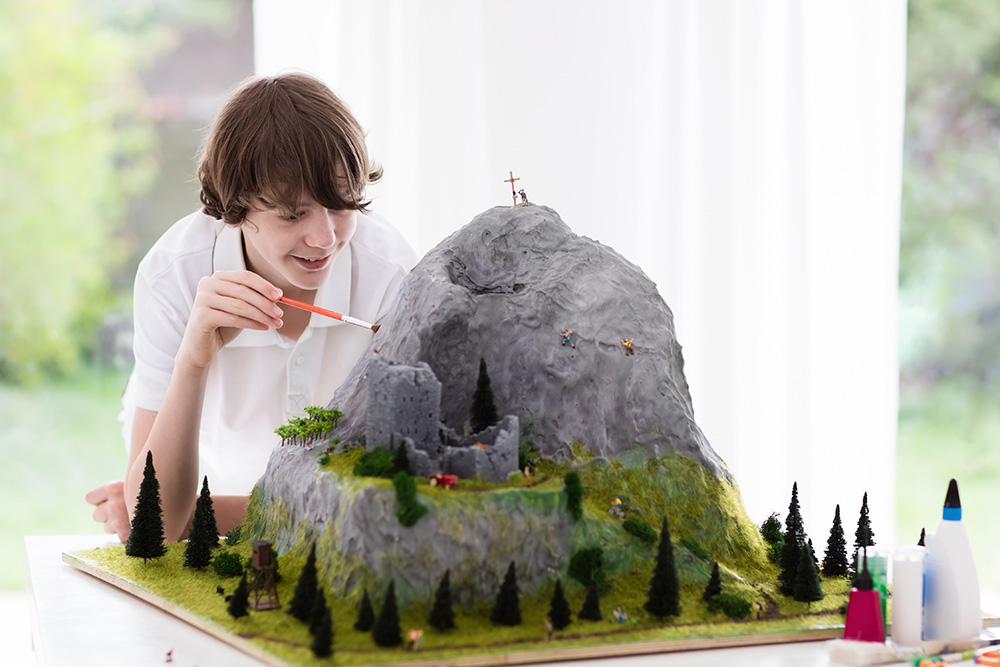
Kinesthetic Learners
- The Kinesthetic Learner needs to have pictures and diagrams to work from to listen to concepts. It helps if this learner traces the pictures, words and diagrams with fingers.
- “Hands-on” is the best learning for this person. Discussing a microscope and it parts from a picture is good, but actually holding the microscope and tracing the different parts with fingers is the best.
- Class notes should be gotten from the teacher or a buddy. This way, this learner can check the notes taken right away and make sure all the content needed is in the notes.
- Frequently this learner will say, “I feel what you are saying.”